Nervous System Of Bivalves
Nervous system of bivalves. Bivalves lack the type of centralized nervous system required for processes required for subjectivity like recurrent resonance and temporal binding. Using light- and electron microscopic methods localization and activity of NO-synthase were studied in the CNS of the freshwater bivalve mollusc Nodularia vladivostokensis in norm and in acute hypoxia. All species are carnivorous predators.
Uses a radula for feeding. The bivalves have sensory cells enabling them to distinguish touch chemical changes and light. The nervous system and organs of sensation.
Nevertheless using published non-published data and novel neuroanatomical studies presented here we have inferred a ground pattern of the larval nerve system inherent to some Bivalvia clades. Bite prey with beak. In addition proliferating cells may maintain and renew glial cells and neurons throughout the lives of.
To provide more comprehensive morphogenetic data on bivalve molluscs and relationships among molluscan clades we investigated neurogenesis in the Pacific oyster Crassostrea gigas from the appearance of the first sensory cells to the formation of the larval ganglionic nervous system by co-immunocytochemistry of the neuronal markers FMRFamide or 5-HT and vesicular acetylcholine. They have three pairs of ganglia and two nerve c ords. It is decentralized and consists of bilaterally symmetrical cerebral ganglia CG pedal ganglia PG and visceral ganglia VG.
Anatomy of the nervous system in bivalves. Squid and octopuses have a well-developed nervous system and large eyes which are similar to human eyes. A rise of the NO-synthase activity was found in perikarya of medium-size neurons and in.
Uses gills for both respiration and food collection. Has an open circulatory system. In the nervous system typical of mollusks a pair of cerebral ganglia masses of nerve cell bodies innervate the head mouth and associated sense organs.
The cerebrophleural ganglia is located near the esophagus it is then connected to two nerve cords located closely to the visceral ganglia that are located under the posterior adductor muscle. Nervous system is reduced so loss of cephalization.
In bivalves the nervous system is bilaterally symmetrical decentralized and consists of cerebral ganglia CG pedal ganglia PG and visceral ganglia VG.
Has an open circulatory system. A rise of the NO-synthase activity was found in perikarya of medium-size neurons and in. Has no distinct head. Distribution peculiarities and the relative content of NO-ergic neurons were revealed in nervous ganglia. Nervous System the nervous system is a paired structure with pairs of ganglia and nerve cords. To provide more comprehensive morphogenetic data on bivalve molluscs and relationships among molluscan clades we investigated neurogenesis in the Pacific oyster Crassostrea gigas from the appearance of the first sensory cells to the formation of the larval ganglionic nervous system by co-immunocytochemistry of the neuronal markers FMRFamide or 5-HT and vesicular acetylcholine. The ganglia are joined by a cerebral commissure a visceral commissure and cerebral-pedal cerebral-visceral and cerebral-visceral-pedal connectives 82 86 Figure 2. Pteriomorpha and Euheterodonta Fig. Oysters have a small heart and internal organs but no central nervous system.
Bivalves have a simple nervous system with usually three sets of ganglia connected by nerve fibers. Bivalves have a simple nervous system with usually three sets of ganglia connected by nerve fibers. Squid and octopuses have a well-developed nervous system and large eyes which are similar to human eyes. The nervous system of cephalopods is the most complex of the invertebrates and their brain-to-body-mass ratio falls between that of endothermic and ectothermic vertebrates. Pteriomorpha and Euheterodonta Fig. Two pairs of longitudinal nerve cords extend from these ganglia. Distribution peculiarities and the relative content of NO-ergic neurons were revealed in nervous ganglia.

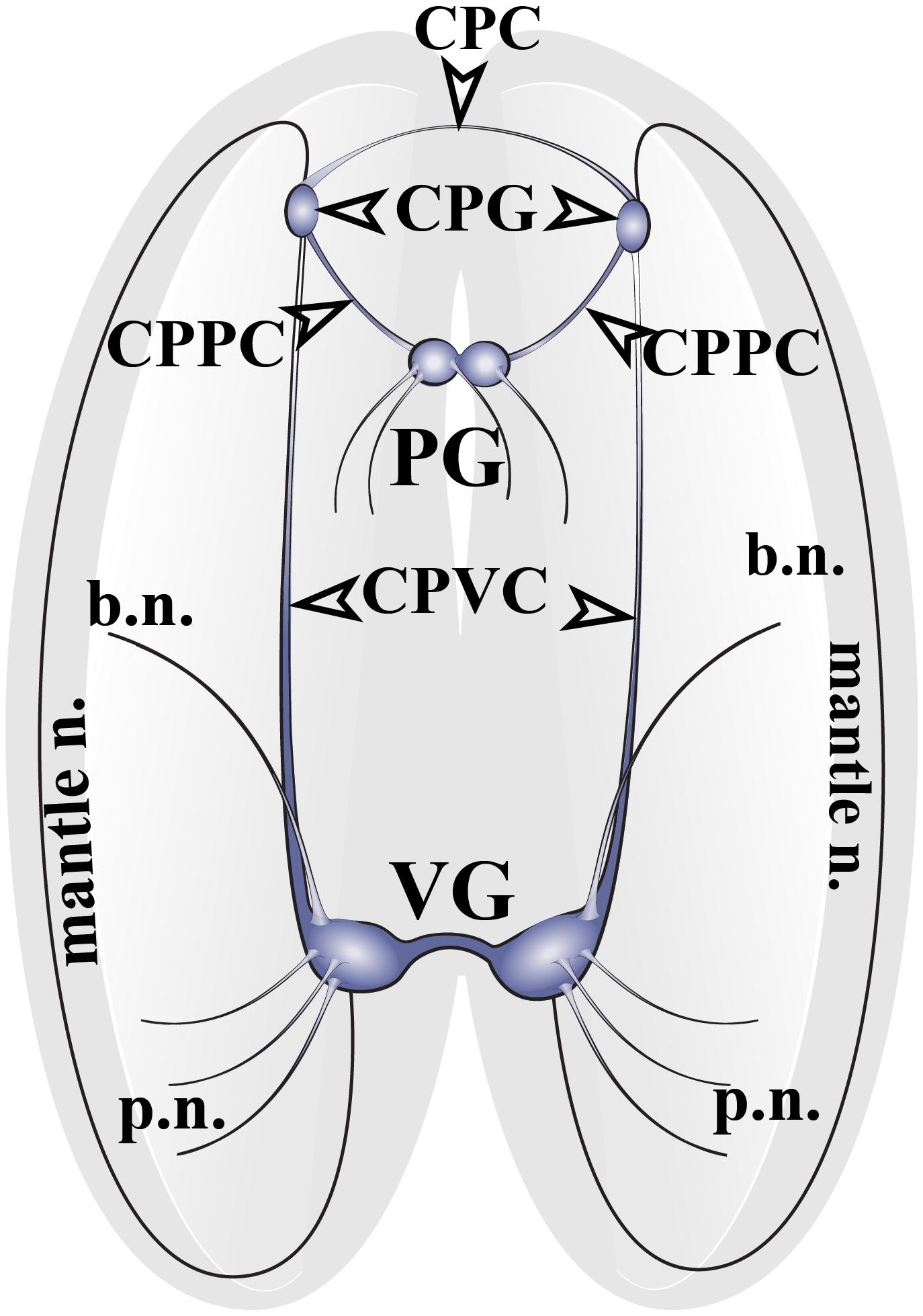

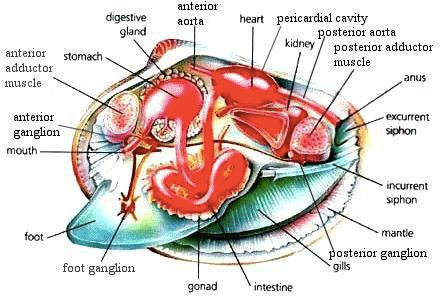
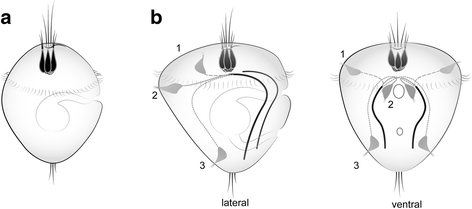
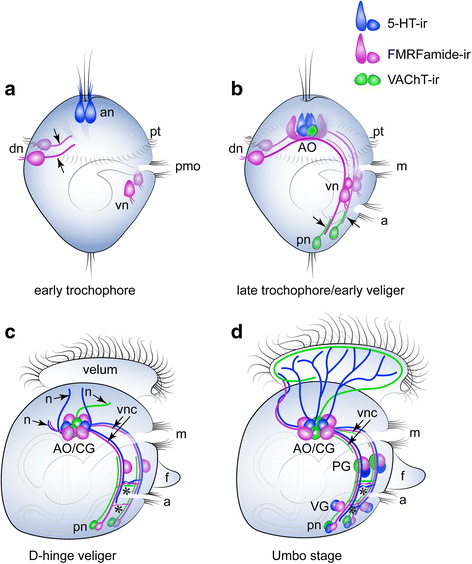


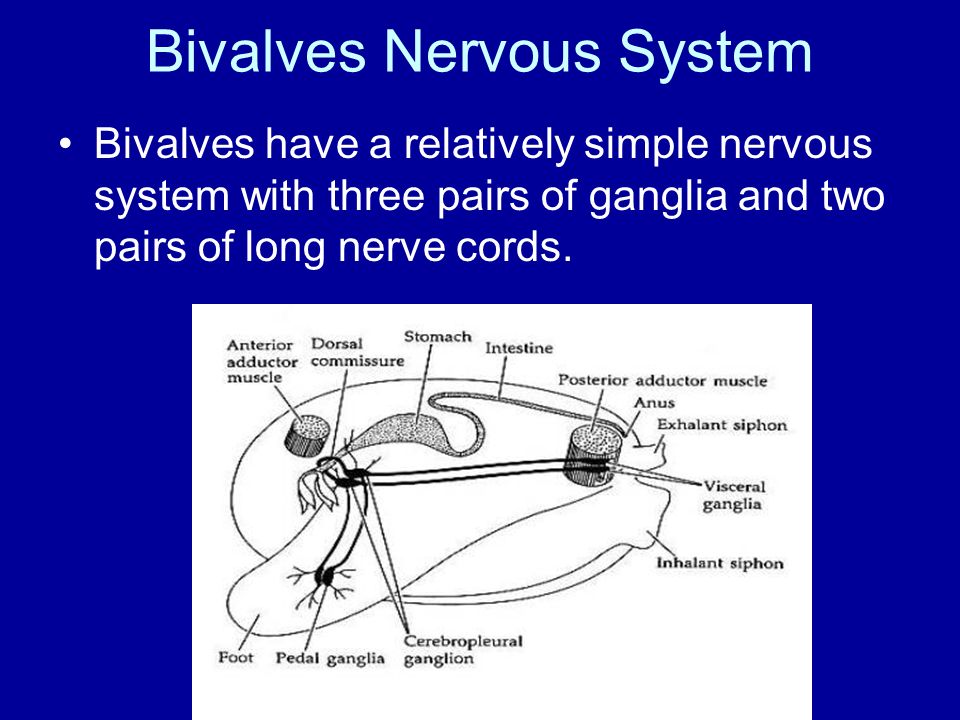

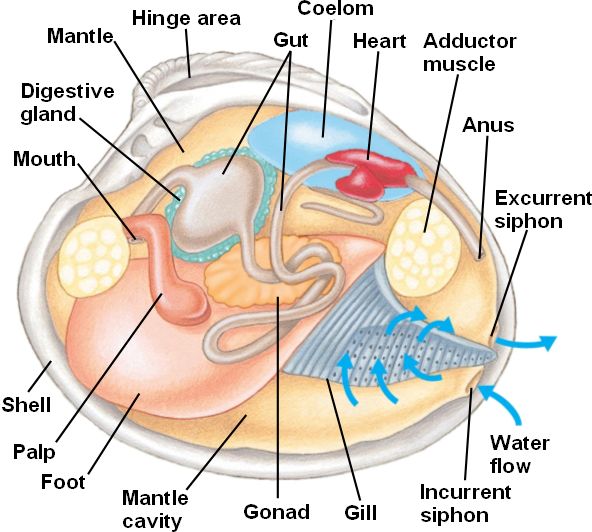
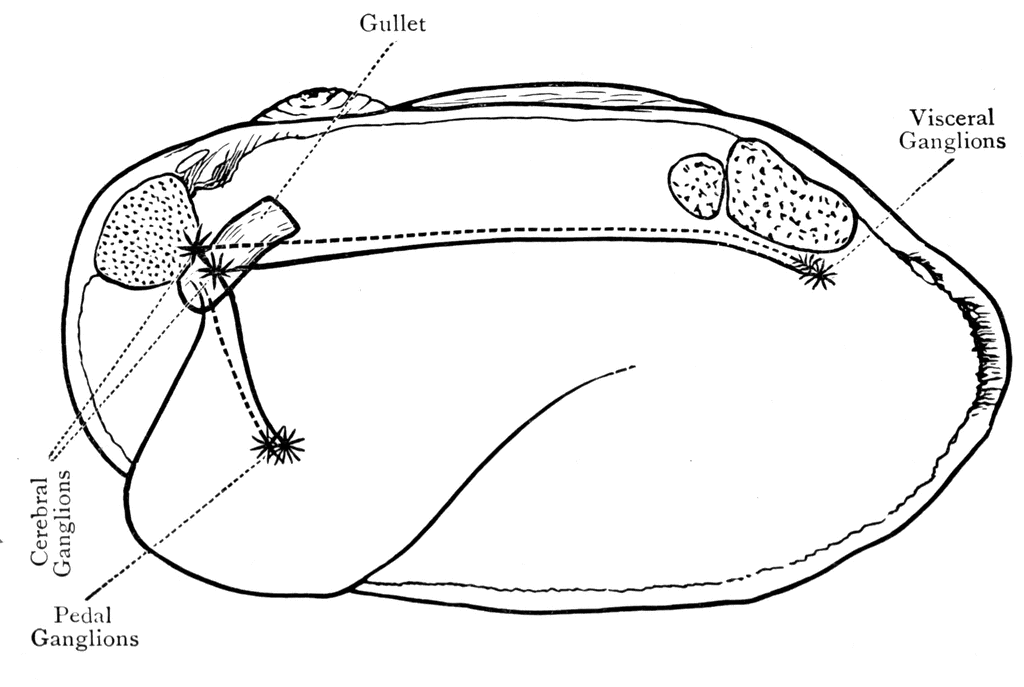
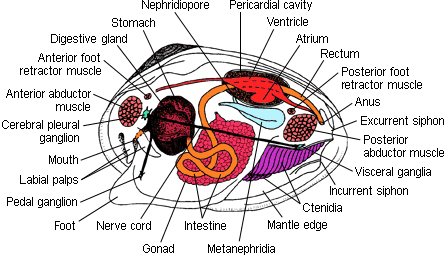

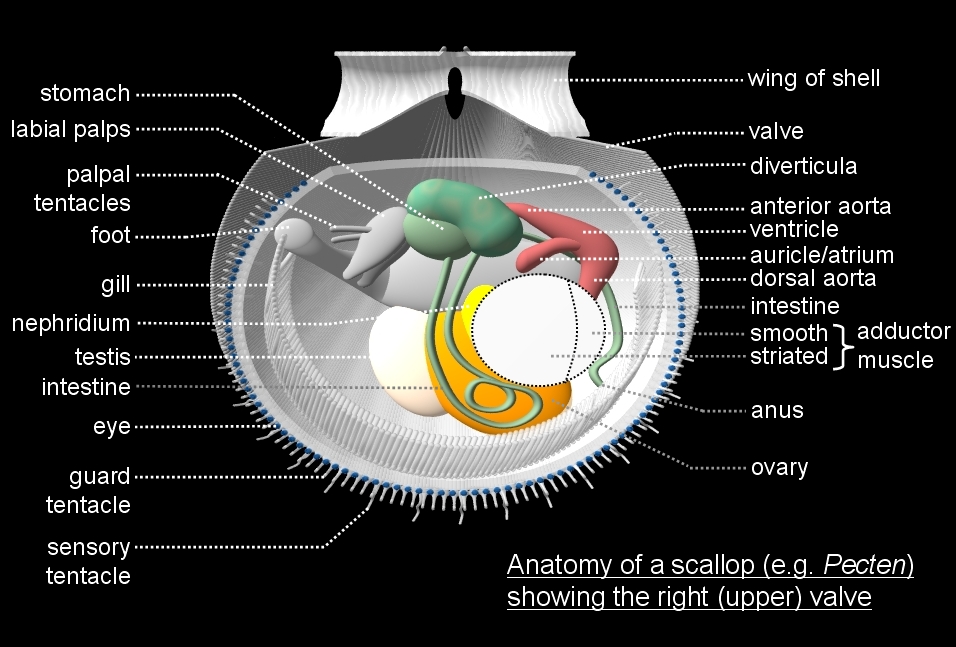



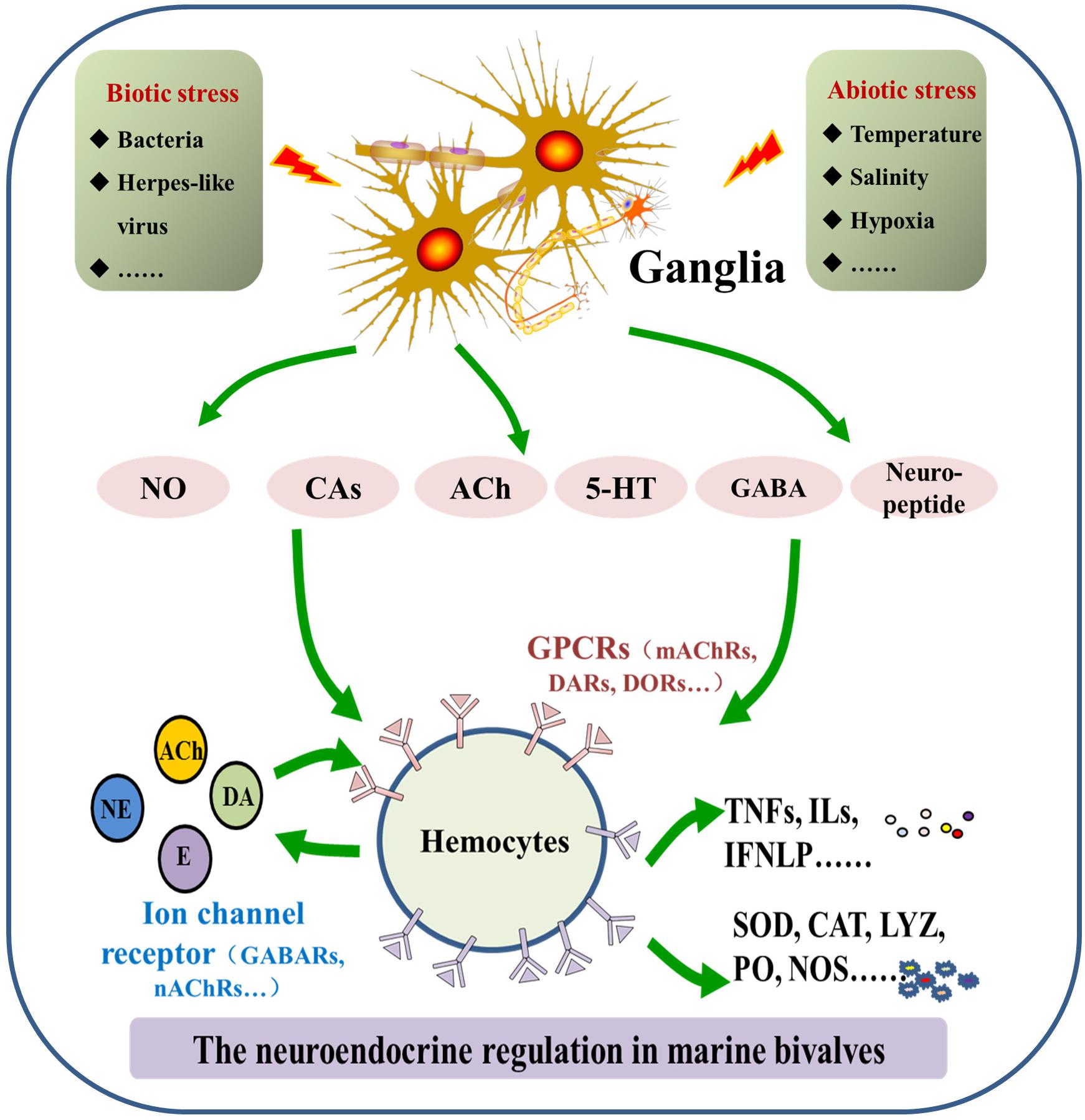


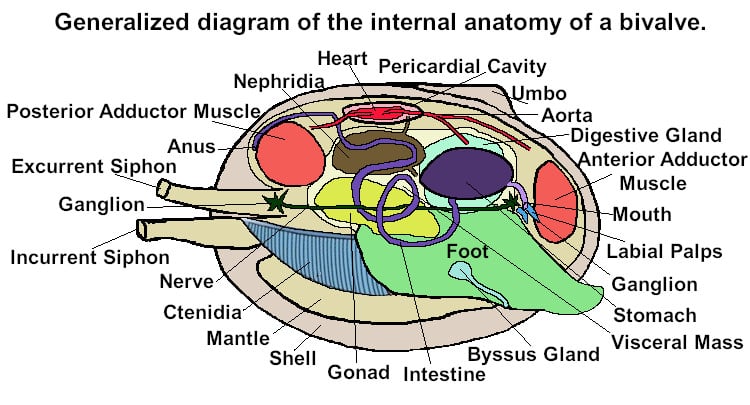

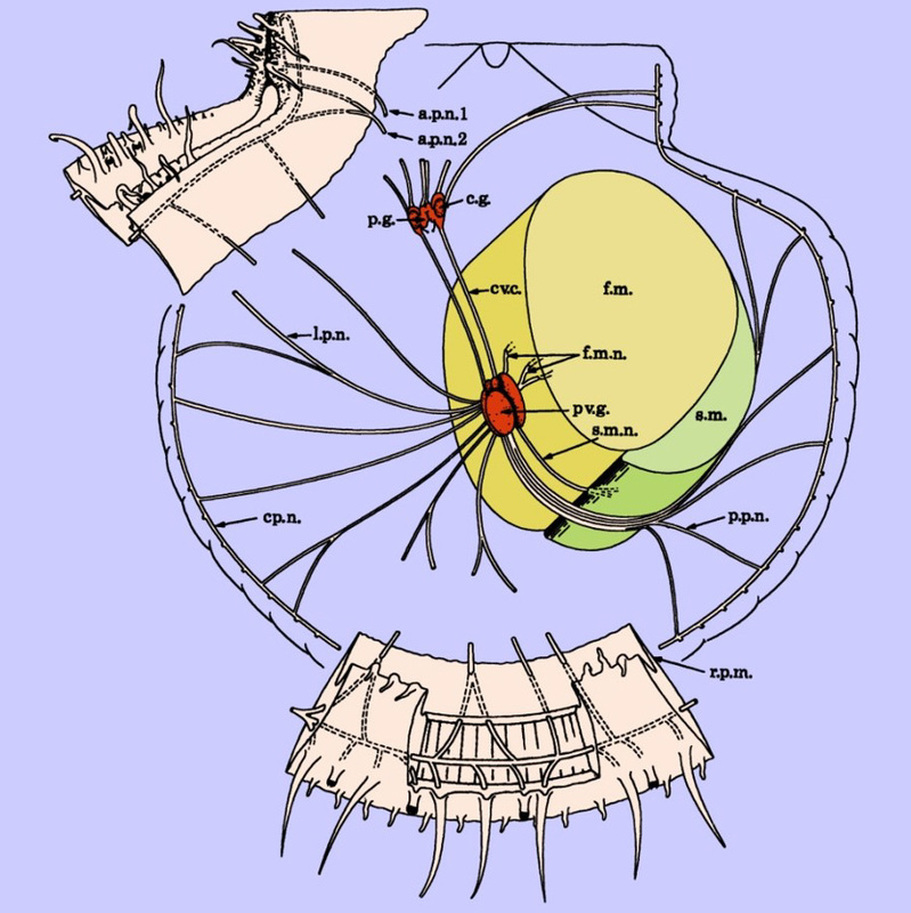

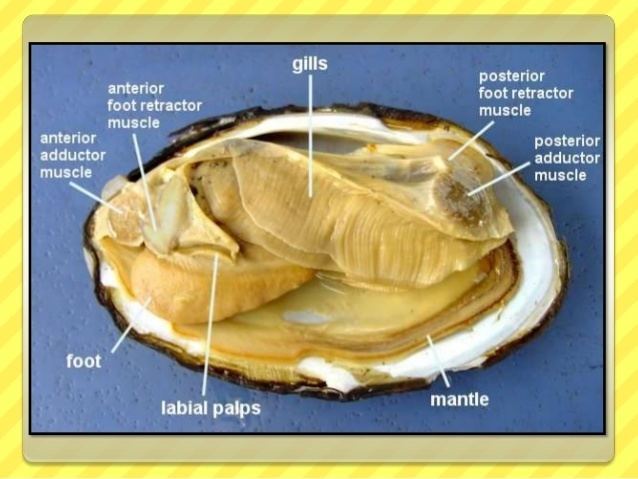






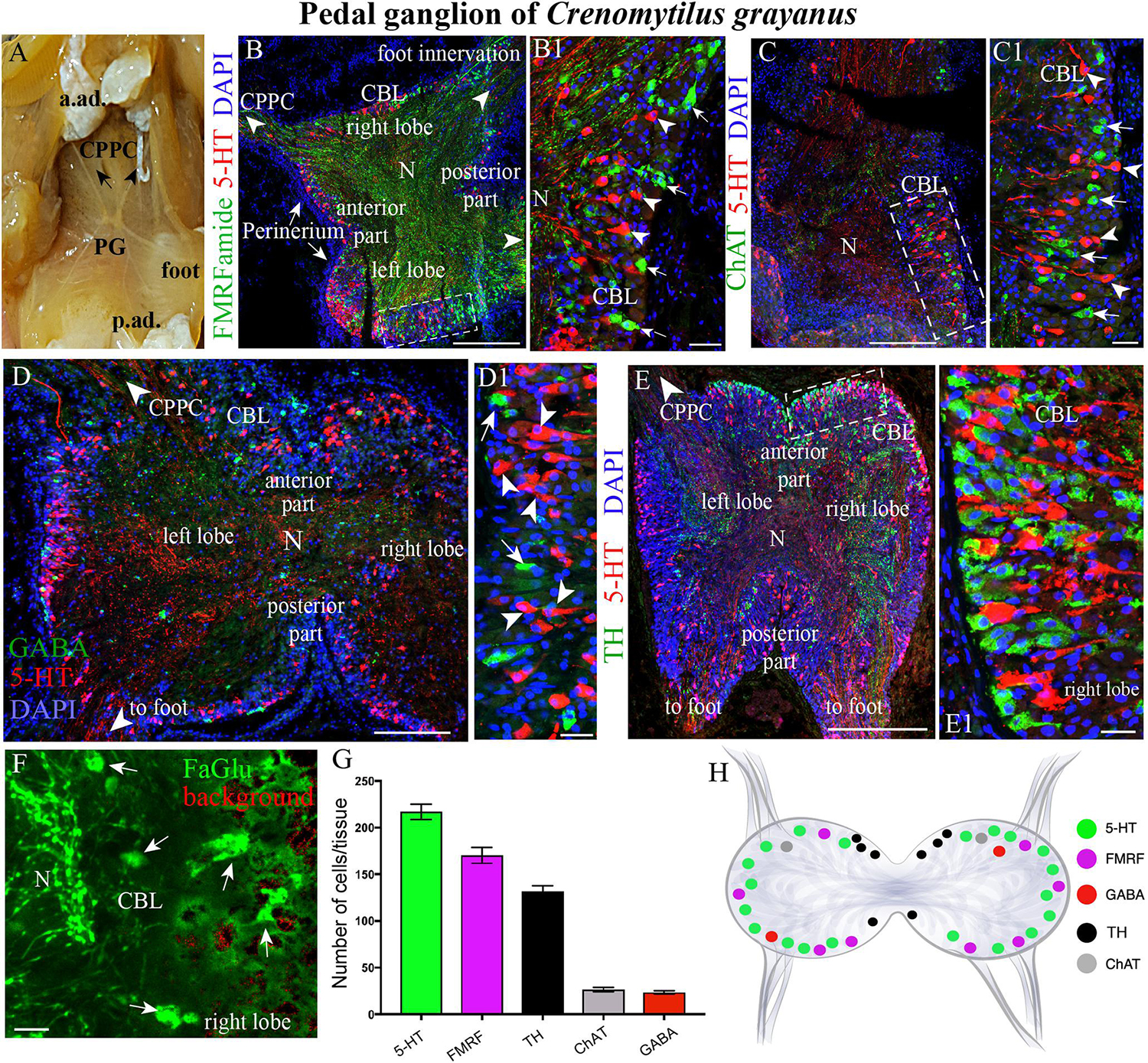





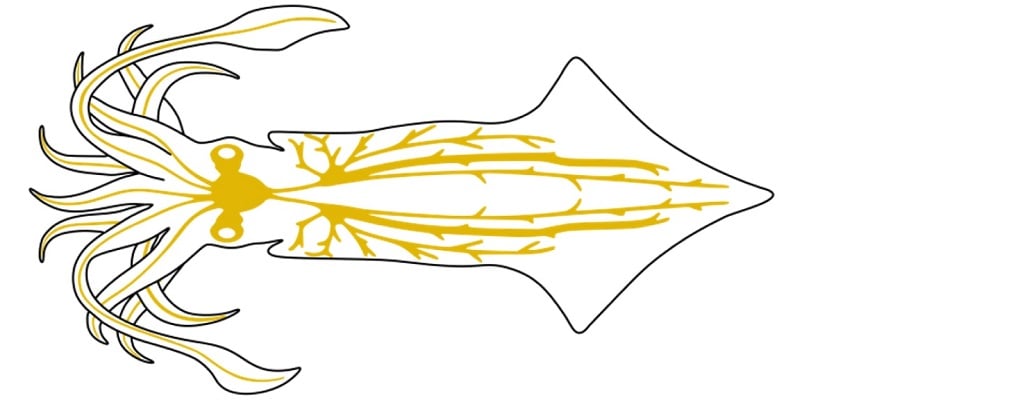

Post a Comment for "Nervous System Of Bivalves"